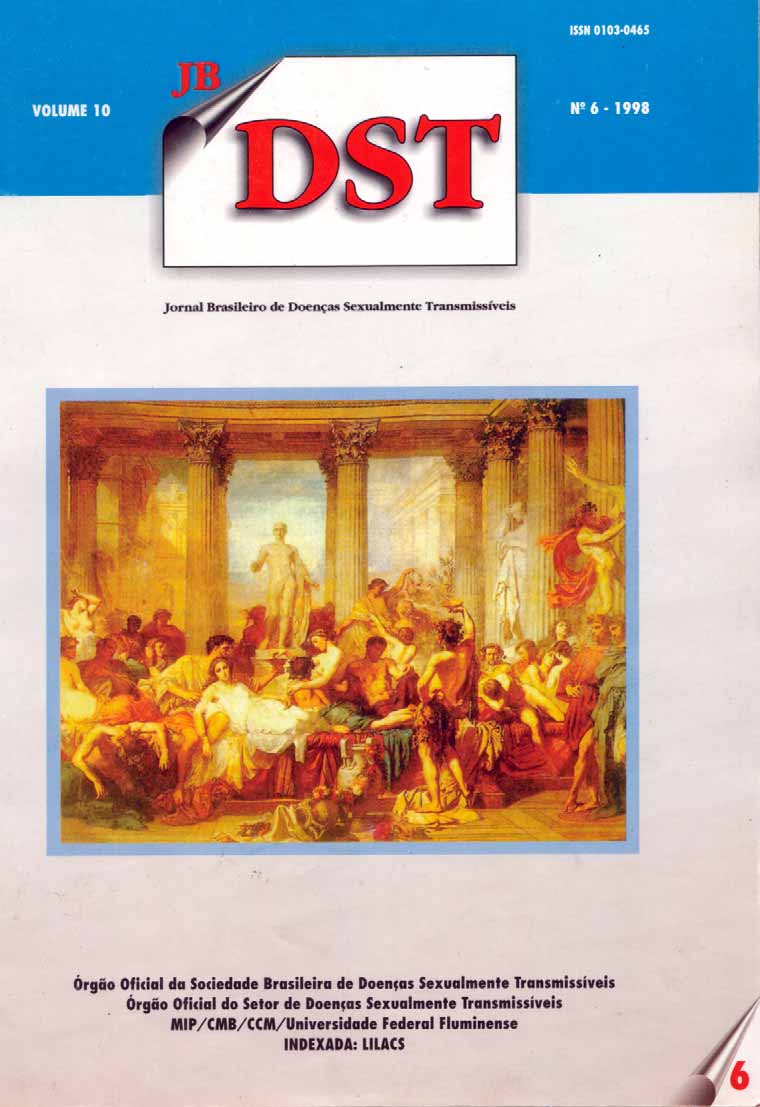Performance evolution of C reactive protein and erythrocyte sedimentation rate in pelvic inflammatory disease
Keywords:
PID, ESR, C-reactive proteinAbstract
Objec tives: To evaluate the test performance of erythrocyte sedimentation rate and C-reactive protein regarding the clinicaJ anel tcrapheuticaJ evolution of pelvic inflammatory disease. Methods : A prospective study was conducted from Ocrober/91 to Deccmbcr/92 in 50 patients that had attended lhe GynecologicaJ departmentofUniversity hospital. The patients were divided into two groups: in group l were stuctied 25 patients with PIO; and in the group 2 asyimptomatics patienls. They were testcd to erythrocyte sedimentation rate and Creactive protein in the admition, after 48h, 72h and 5 days. Results: Mean age wa& 28 years (SD6.4)in group l and 29.5 years (SD7.2) in group 2. The leveis of c rythrocyte sedímentation rate and Creactive prolein were higher in patients with PID, There were not diferences between the two tests ín relation the severity of PID. The response to anlímicrobial therapy was indicated by decreasing leveis of erythrocy te sedimenlation rate and C-reactive protein associated to clinicai recuperation. Conclusions: Combined use of erythrocyte' sectimentation rate and C-reactive protein leveis associated with clinicai criteria are useful in asscssing the severity of acute pelvic inílammatory d isease and augments the clinicai decision making regarding treat.ment.












